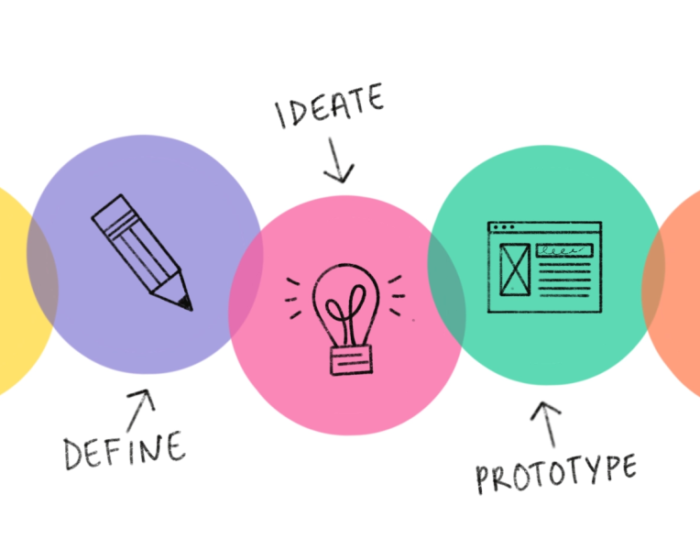Method 1: Really understand what you are building, and why…
Here, ask yourself and the team to articulate, at a high level, what they are building. Note that you’re not listing the steps to build it (that’s WBS) but instead are describing what it is (VBS).
Collaborate to create a list of what you are building
Let’s imagine the team says you’re building four things:
- A new report here
- Modifying an existing report with X
- A new detail view with a graph for Y
- Bringing function Z, from older version to newer
The answer could be a list such as the one above, or it could be a one-sentence answer such as “an space ship.”
With the team decide whether it’s an epic, feature, or story
In a VBS, epics, features, and stories are the same thing: value delivery. It’s just that each has different rules and syntax due to each having a different level of risk.
Epics are highest risk, features are less risky, and stories the least risky. So epics require more precision to secure you have thought through the risks and have the best chance of success.
Additionally, every epic, feature, and story creates or modifies a product.
So your team need to decide based on the following guidelines:
- Epics are value that will be delivered to production or be production ready in more than two months.
- Features can be delivered in a sprint.
- Stories can be delivered in less time than a sprint.
Group similar types with their product value
Simply ask yourself “How long would it take to deliver this value to production?”
Then simply assign the correct type to the piece of value! Just like that, you now have epics, features, and stories in your backlog.
Look at the blocks
Some believe that all valuable work must be visible from the epic level, because the epic level (in SAFe) is also the portfolio level. And the portfolio level is where you make financial decisions about work.
But this is not actually correct. All three types—stories, features, and epics—are about value. The goal is to decentralize value decision making and push it downwards, where the risks are low. Stories and features are small, and the product owners and product managers are trusted and empowered to prioritize those types of work.
People can also feel as if these stories and features are “orphaned” if they don’t trace to a higher-level container. But, in fact, they do trace to a higher-level container: the product value they are associated with.
Remember that all three types either modify or create products. Just ensure that every epic, feature, and story traces to a product.
Team work and break down all features and epics
You might have a pile of epics, features, and stories that need to be built. If all of the work is small, you may have only stories. If all the work is big, you may have a list of epics. Or you may have any combination, strictly based on the size of the work. There is no hierarchy here, just a pile of different size work to do.
Big items such as epics and features need to be decomposed so they can be prioritized with the other lower-level work. You can do this by asking, “What is a smaller piece of value we could do more quickly than this whole thing?” And as you de-construct them, you don’t do it into tasks but into value items.
And once you decompose features and epics into smaller value chunks, you once again ask, “How long would this take to put into production, or to make production-ready?” And again you give them the appropriate epic/feature/story type. Repeat this until every epic and feature has been disintegrated to the story level.
Stories do not disintegrated into smaller value; you can disintegrated those into tasks. Note that tasks are the only element in the hierarchy that are like those found in a WBS. They are tasks, not value chunks.
In other words, the epics, features, and stories are all value chunks. The tasks are tasks, and they are optional.
Eventually every epic is separated into features. Every feature is separated into stories. And all of them are value chunks, not tasks. And thus you have a VBS instead of a WBS.
Now the story backlog
So at the story level, you will have a bunch of stories, some of which are standalone, some that trace to features, and some that trace to features that in turn trace to epics. But all stories can now be prioritized against one another.
And if they do trace upward, that will be considered during sprint planning. You want to finish a whole feature if possible, so a high-priority feature would increase the priority of the stories as well.
Bottom line is that epic versus feature versus story is simply a first-level guess at the size of the effort to deliver value.








